Delicious Geography
Delicious Geography
From Place to Plate
Gary Fuller and T. M. Reddekopp
ROWMAN & LITTLEFIELD
Lanham Boulder New York London
Published by Rowman & Littlefield
A wholly owned subsidiary of The Rowman & Littlefield Publishing Group, Inc.
4501 Forbes Boulevard, Suite 200, Lanham, Maryland 20706
www.rowman.com
Unit A, Whitacre Mews, 26-34 Stannary Street, London SE11 4AB, United Kingdom
Distributed by National Book Network
Copyright 2016 by Gary Fuller and T. M. Reddekopp
Maps 2.1, 3.1, 7.1, 8.1, 11.1, 14.2, 16.1, 18.1, 19.1, 20.1, 20.2, 22.1, 24.1, and 26.1 by Matthew Millett, 2016 by Gary Fuller
All rights reserved . No part of this book may be reproduced in any form or by any electronic or mechanical means, including information storage and retrieval systems, without written permission from the publisher, except by a reviewer who may quote passages in a review.
British Library Cataloguing in Publication Information Available
Library of Congress Cataloging-in-Publication Data Available
ISBN 978-1-4422-4532-7 (pbk. : alk. paper)
ISBN 978-1-4422-4533-4 (electronic)
 The paper used in this publication meets the minimum requirements of American National Standard for Information SciencesPermanence of Paper for Printed Library Materials, ANSI/NISO Z39.48-1992.
The paper used in this publication meets the minimum requirements of American National Standard for Information SciencesPermanence of Paper for Printed Library Materials, ANSI/NISO Z39.48-1992.
Printed in the United States of America
About the Authors
Gary Fuller is professor emeritus of geography and population studies at the University of Hawaii. He is the author of the award-winning book The Trivia Lovers Guide to the World: Geography for the Lost and Found and was a winning contestant on the television program Jeopardy. He lectures about geography aboard cruise ships and resides with his wife, Barbara, in Kailua, Hawaii.
T. M. Reddekopp is the wife of Jim, mother to five children, and grandmother to one (so far). They moved their family from the burgeoning island of Oahu to the rural slopes of Mauna Kea on the island of Hawaii to begin a vanilla farm and business in 1999. She has infused vanilla into things most people wont dare to, and together they have created experiences to share vanilla with the world. Today, they host more than 10,000 visitors a year on their farm and at their Vanilla Experience Luncheons. She still prefers chocolate ice cream over vanilla if given the choice. You can find her at www.hawaiianvanilla.com.
Acknowledgments
Dedicated to a visionary, a kind, loving gentleman who was a huge part of our lives, Jim Reddekopp Sr. (19262015). Dad or Grandpa or Pops. We miss you.
Dr. Gs: Barbara Fuller, wife and mother of the authors, provided both editing and pictures. She also provided encouragement, without which this book would never have become a reality.
This book would never have seen the light of day had it not been for Chef Ts steadfast perseverance in the face of difficulties that I felt were insurmountable. She found the way out, and I am grateful. I have worked with other coauthors but never with one I admired and loved more.
Chef Ts: This book would not have been possible to do without the unwavering support, love, and constant encouragement from my family. This book was written during one of the most difficult and beautiful years of my life, and to be pushed to complete something I had begun was not an easy task. I am eternally grateful to my husband, Jim, who is truly the Brave Hero in my story. Ian and Malia and Ariayou bring me such joy each day, you really have no idea. Emmamy dearest girl, my gift, and magical creature, I am sure I couldnt have done this without you. Isaacyour loyalty, commitment to our family and willingness to pursue difficult things makes me so proud and brings me wealth beyond measure. Elliotyour ability and skill level to adapt amazes me; my Virtuoso, dont ever lose your charisma. Aidanyour steadfast strength and calming, loving presence in my life warms our home. I love you all tremendously. You are my greatest wealth and most valuable treasure.
This book really would not have been possible without the enduring, constant support from my mother, Barbara. She worked to edit, produce photos, proofread, compile, taste test, listen to us complain (especially at 3 oclock on Christmas Eve). Mom, you are amazing.
And for my Dad, who had the idea in the first place... you are a rare gem. Thank you for this opportunity.
Dr. Gs Preface
The gentle art of gastronomy is a friendly one. It hurdles the language barrier, makes friends among civilized people, and warms the heart.
Samuel Chamberlain
What has geography got to do with food? A whole lot, I think. During the first two decades of my life, I did not, nor did anyone I knew, ever eat bagels, enchiladas, escargot, or Stilton cheese. None of us had ever heard of hummus, sushi, or kiwi fruit. Wine was never served with any meal I ever ate. The expansion of dietary choices is a wonderful example of the reunification of mankind. After millennia of dispersal, we finally settled the last frontier, New Zealand and the deep Pacific, and have been re-meeting ourselves for at least the last five hundred years. We now share food from many places, created in the contexts of cultures new to us. Geography is charged with the task of describing, analyzing, and predicting aspects of this coalescing of humanity and providing the survival tools necessary. Food and, especially, food security are crucial aspects of this task.
Our curriculum may need updating. At present, a geography curriculum commonly includes the spatial distribution of cultural aspects of mankind; language and religion are favored topics. Maps are used to show, for example, where French and Chinese are spoken and where Islam and Christianity are the dominant creeds. Agriculture is also a feature of the basic geographic curriculum, and we often refer to regions of the world by the staple grains they produce. East, South, and Southeast Asia, for example, share rice cultivation in common, even though languages differ sharply across the rice-growing regions. Seldom, however, does geography delve into the finished product, food, as an object of study. The rice crop may be similar in Japan, Korea, China, India, parts of Africa, Mexico, Louisiana, and California, but the foods derived from the common crop are certainly quite different.
When geography considers cultural factors, it almost always considers language firstand it should. Language strongly unifies people who share it, and strongly separates them from those who speak a different language. Language thus produces regions and boundaries between those regions. Put another way, language is strongly impressed on the landscape and can be mapped. No other cultural facet so unifies (and divides) people as language does. People will give up many aspects of their culture, but will likely surrender their language last.
If language is the most enduring of our cultural makeup, what comes in second place? Many might say religious beliefs, and perhaps that is so, but in our contemporary world, I would argue for food preferences. There are many examples of wholesale religious changes throughout history. The expansion of Buddhism, Christianity, and Islam to the point where at least a third of the worlds population follows these creeds is proof of the alteration of religious beliefs. The Edict of Fontainebleau, issued by Louis XIV, provides another interesting example. Louis demanded that Huguenots, French Protestants, convert to Roman Catholicism. History books often report the devastating effect this had on Frances economy because some Huguenots, who were successful entrepreneurs and craftsmen, fled the country. What is less frequently reported is that most Huguenots did, in fact, convert.
Next page
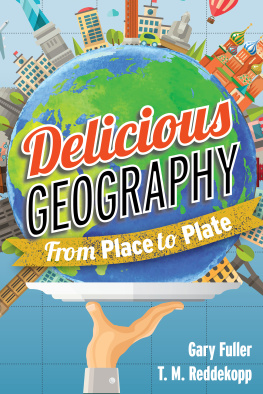
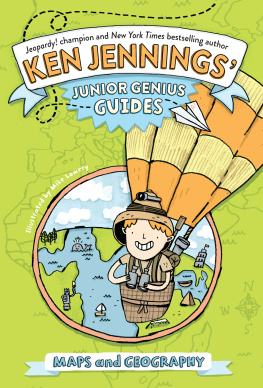

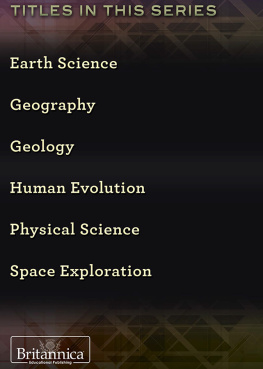
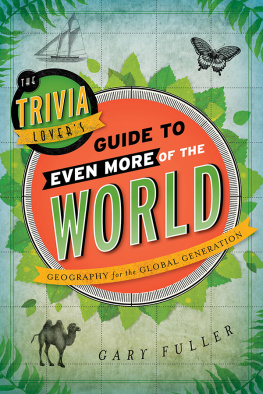
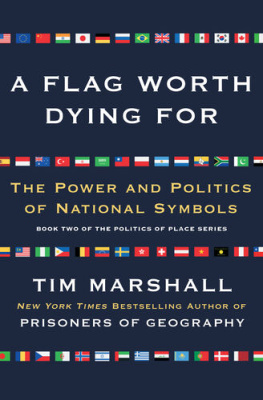
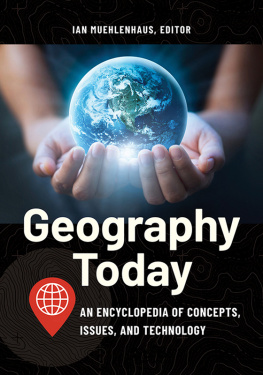

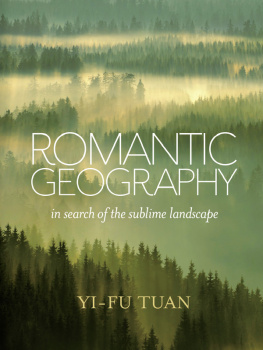
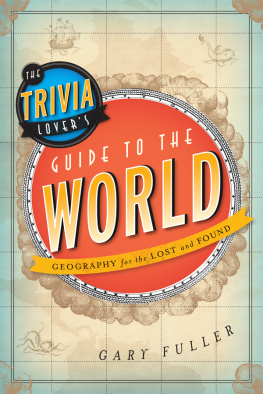
 The paper used in this publication meets the minimum requirements of American National Standard for Information SciencesPermanence of Paper for Printed Library Materials, ANSI/NISO Z39.48-1992.
The paper used in this publication meets the minimum requirements of American National Standard for Information SciencesPermanence of Paper for Printed Library Materials, ANSI/NISO Z39.48-1992.